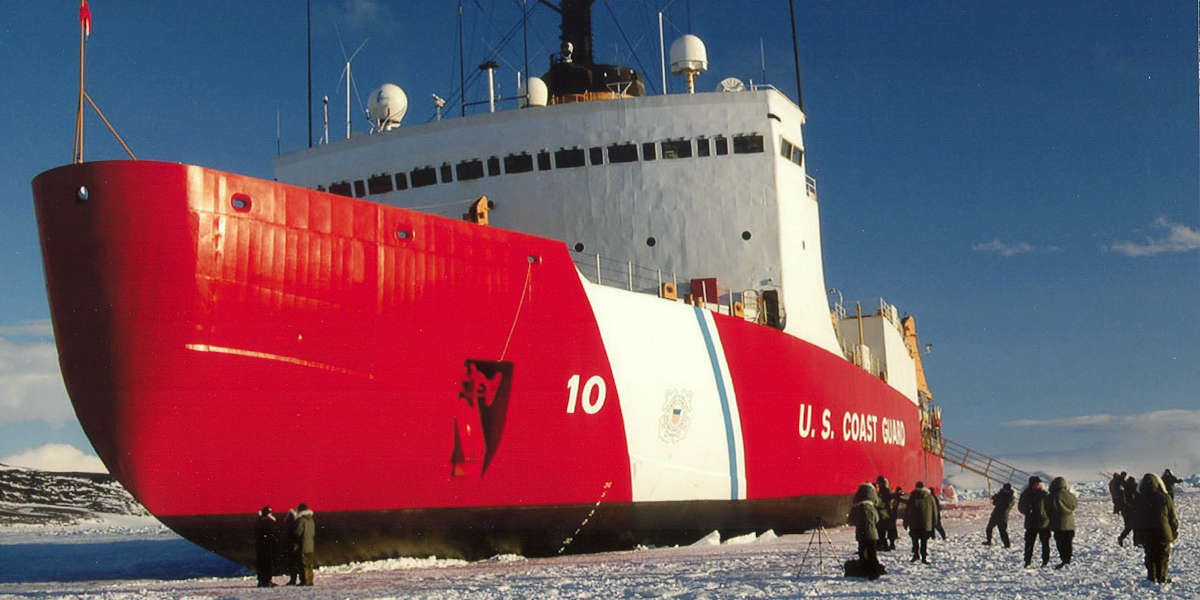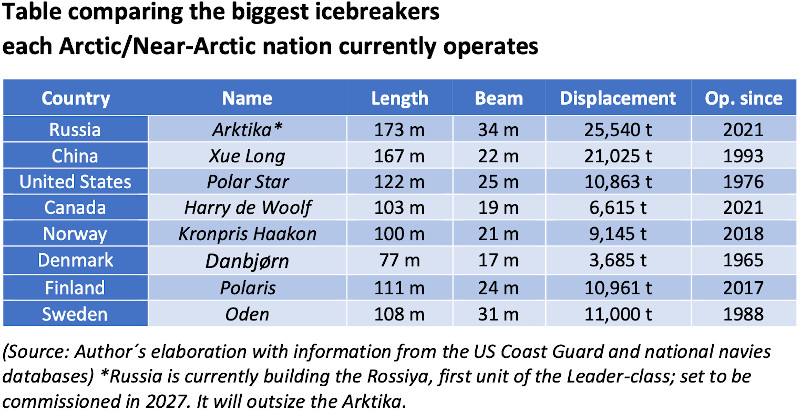In the image
The icebreaker US Coast Guard Corps Polar Star in a mission [USCGC]
The Arctic is bound to become one of the most geopolitically relevant regions in the world. By 2040, according to most recent estimates, the Arctic will presumably become an ice-free ocean. Unlike any other sea in the world, the Arctic is subject to the clashing interests of not just one major power, but to several of them: Canada, the US, Russia and the ‘near Arctic nation’, China.
The inevitable future which lies ahead for the High North is poised to bring a vast array of commercial opportunities for those willing to invest in the routes herein. In military terms, however, any potential naval conflict to take place—let us hope it doesn´t—will be forced to heed local geostrategic conditions. As professor Jim Holmes puts it: “surface warfare would be thinkable in summertime, while aerial and undersea warfare would predominate when the ice returns. A mix of surface, subsurface, and overhead operations would be thinkable while the seasons change. Strange.”
Yet, with a significant amount of ice still largely extended across most parts of the region, a much worrisome issue awaits Arctic nations, especially those who aspire to be the central players: to be able to contest for established presence and operational capacity, icebreakers that escort their ships and prevent them from getting stranded are an essential element to rely on. As we will now see, several NATO nations are turning to the Arctic, aiming to increase their presence and activity up there. Proof of this are the most recent strategies published by the United States, the United Kingdom or Denmark, among others. Thus, this article examines the underlying importance of icebreakers (or cutters) in order to operate in this harsh and unmerciful region, and what is the current situation among the dominant players such as Russia, China, the US or Norway.
Why Icebreakers?
Icebreakers are specially designed ships (commonly referred to as special-purpose ships), with a strengthened hull that prevents the iron sheets from cracking, a special arc-shaped bow which helps to cut through the ice while pushing the frozen blocks aside, and a special propulsion system to push against the thick ice cap—something most other ships don´t have the power to do. Put it simply, big and heavier-than-normal ships prepared for the harsh conditions of the polar regions. They crash against the ice with their massive weight, pushed by their powerful propulsion systems, and the chunks of ice are then moved aside by the specially designed bow of the vessel.
Throughout the last decades, numerous incidents have highlighted the dangers ice caps pose for ships transiting Arctic waters, never mind if they are cruises, cargo ships, or warships. When a vessel is not designed to operate in an environment as particular as the Arctic, misfortunes end up occurring sometimes. Last year, several ships were stranded along the Northern Sea Route due to the lack of icebreakers escorting them. And even if such situations are already delicate, they could keep worsening during the following years as activity in the region grows. Climate change will do the job, and the ice will gradually melt, but it won´t happen from one day to another.
Thus, until that time comes, any nation aspiring to have a solid presence in the brave new world, with operational capacity and strategic independence (as allowed by the ever-changing local geography), needs to have icebreakers to deploy. Even if the submarines and aircraft of the US Navy play a crucial role in the preservation of the region´s security, icebreakers remain an essential geopolitical instrument to expand economic growth in a place with such a promising future. In other words, a submarine can´t clear the shipping routes like a cutter can.


